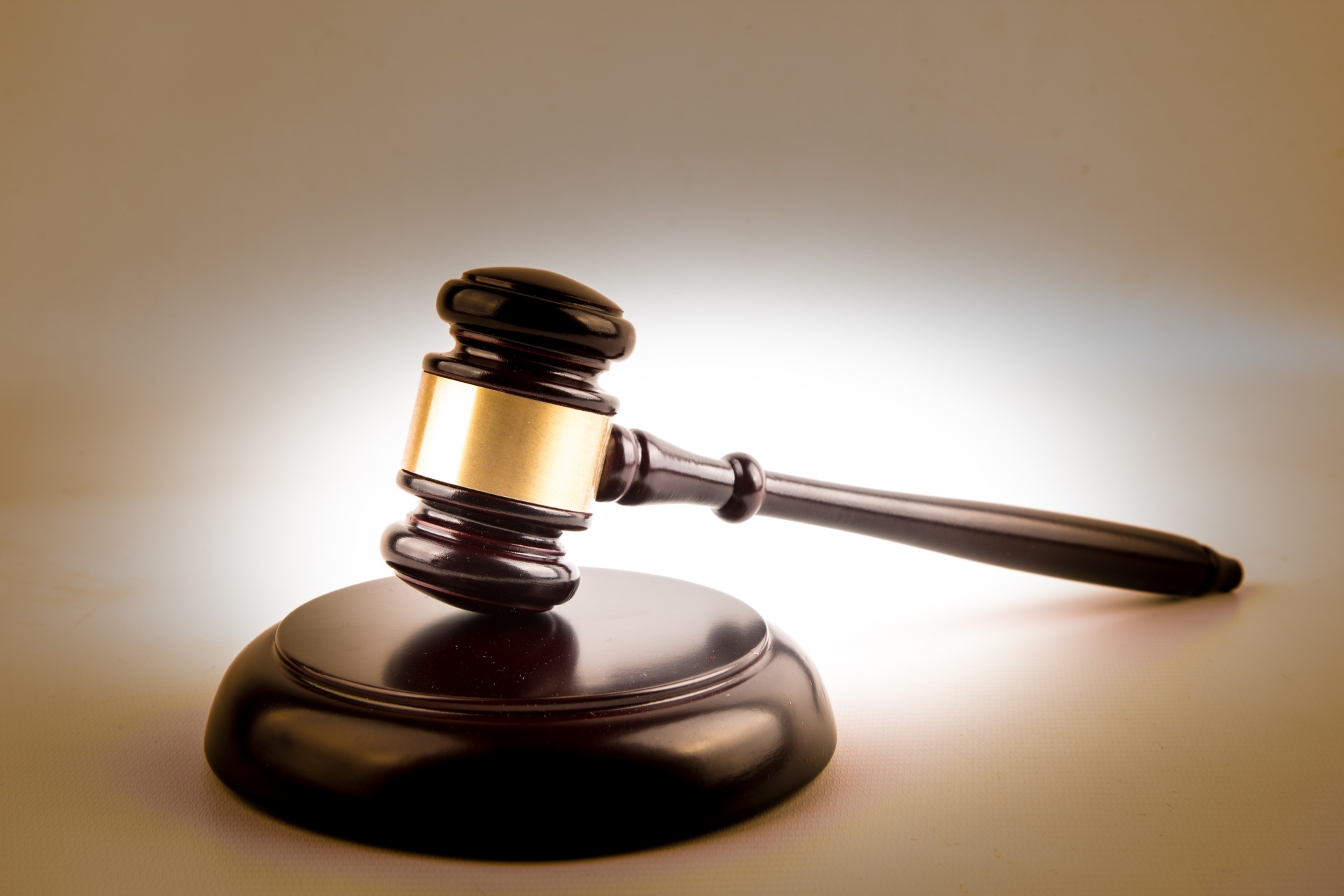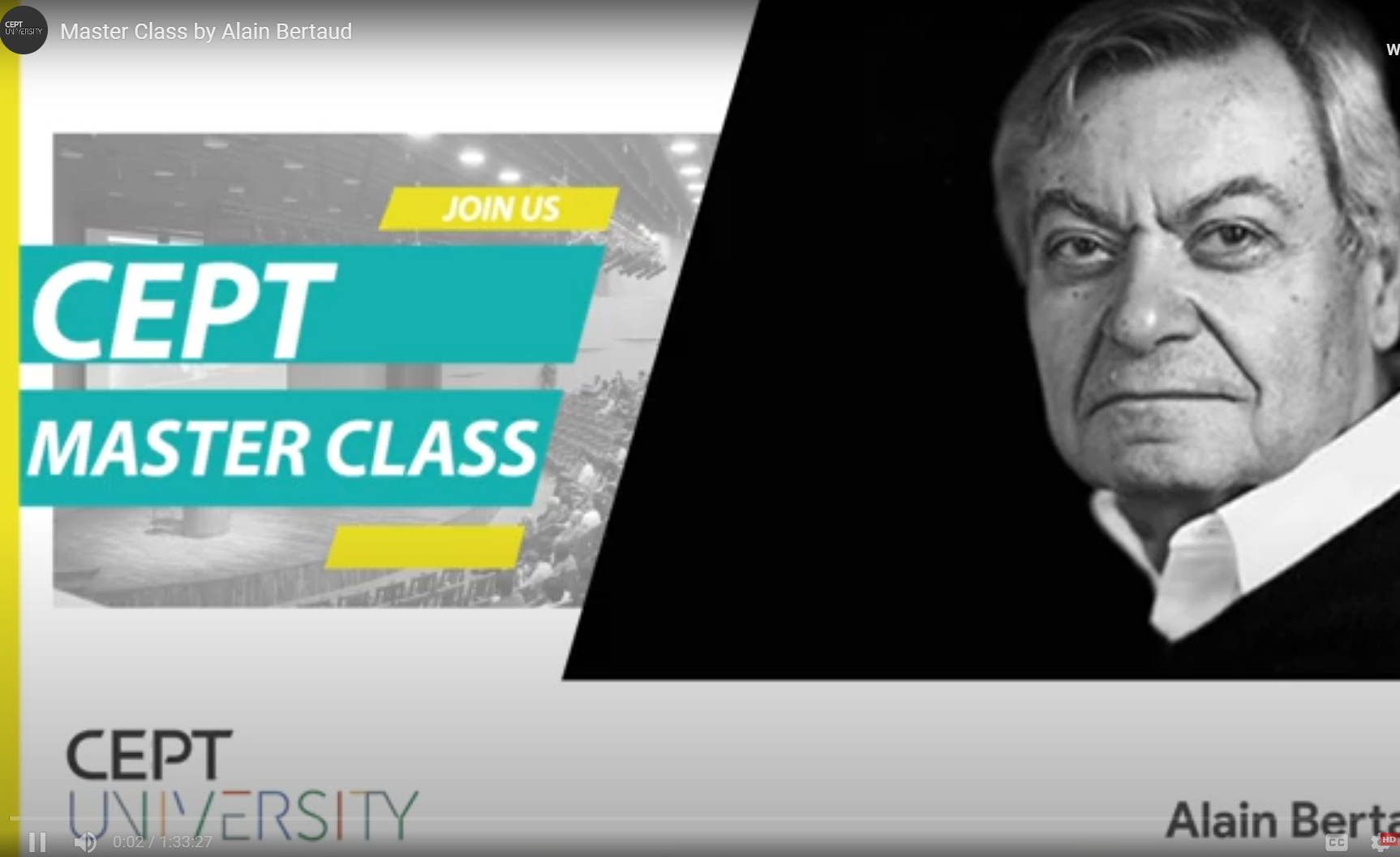Physical Address
304 North Cardinal St.
Dorchester Center, MA 02124
Physical Address
304 North Cardinal St.
Dorchester Center, MA 02124

We can all understand the distinction between individual and systemic causes of homelessness. Can we apply the same rigor to potential solutions?

An old dorm becomes a new shelter for homeless families in DC.
In recent years, three states have legalized or decriminalized jaywalking: Virginia and Nevada did so in early 2021, and California legalized jaywalking at the start of 2023. The traditional argument for anti-jaywalking laws is that they protect pedestrians from themselves, by limiting their ability to walk in dangerous traffic conditions. If this argument made sense, we would have seen pedestrian traffic fatalities increase in less punitive states. For example, if jaywalking laws were effective, California’s pedestrian death rate would have increased in 2023 (when jaywalking was legalized). Instead, the number of deaths decreased from 1208 to 1057, a 12 percent drop. (Relevant data for all states is here). Although pedestrian deaths decreased nationally, the national decrease was only about 5 percent (from 7737 to 7318). On the other hand. the data from Nevada and Virginia is less encouraging. As noted above, jaywalking was decriminalized in those states in 2021, so the relevant time frame is 2021-23. During this period, pedestrian deaths increased quite modestly in Virginia (from 125 to 133) and more significantly in Nevada (from 84 to 109). On balance, it does not seem that there is a strong trend in either direction in these three states- which (to me) supports my previously expressed view that Americans should be trusted to walk where they like rather than being harassed by the Nanny State.

Thanks to local journalist Margaret Barthel for finding and posting the elusive judicial decision that has struck down Arlington, Virginia's, missing middle ordinance, pending appeal.

Autonomous vehicles will cause a congestion apocalypse on downtown streets unless we price their use of the roads.

Is it even possible today to write a vigorous argument in favor of the urban renewal policies of the 1950s? I doubt it. Jeanne Lowe's 1967 "Cities in a Race with Time* is a sympathetic account of the urban renewal era in its own terms. How does it hold up?

Check out Alain Bertaud's Master Class lecture at CEPT University in Ahmedabad, India.
A new paper in the Journal of Development Economics by Liming Chen, Rana Hasan, Yi Jiang, and Andrii Parkhomenko estimates the welfare gains of Transit Oriented Development in Bengaluru. The Bengaluru metro or the Namma metro is around 170Km long including the planned sections. Bengaluru has low building heights and the paper’s counterfactual depends on relaxing FSI/FAR from their current level to 2 (only 2!) around 500 meters of the metro line. The paper finds “The complementarity between TOD and the metro unlocks additional gains equivalent to about $64 million per year or one-half of annual operating costs of the metro system.” Paper reference:Chen, L., Hasan, R., Jiang, Y., & Parkhomenko, A. (2024). Faster, taller, better: Transit improvements and land use policies. Journal of Development Economics, 103322.

Delete all Seattle's highways. Invent new neighborhoods. Explain macroeconomic trends with home size. Money flows uphill to water. Do NIMBYs really hate density? Urban economics is on a tear.
The conventional wisdom (based on Census estimates) seems to me that urban cores have lost population since COVID began, but are beginning to recover. But mid-decade Census estimates are often quite flawed. These estimates are basically just guesses based on complicated mathetmatical formulas, and often diverge a bit from end-of-decade Census counts. Is there another way to judge the popularity of various places? Perhaps so. I just uncovered a database of real estate price trends from Redfin. Because housing supply is often slow to respond to demand trends, housing prices probably reflect changes in demand. What do they show? First let’s look at the most expensive cities: San Francisco and New York City where I live now. If conventional wisdom is accurate, I would expect to see stagnant or declining housing prices in the city and some increase in suburbia. In Manhattan, the median sale price for condos and co-ops was actually lower in 2024 than it was in mid-2019, declining from $1.25 million in August 2019 to $1.05 million in August 2024.* Similarly, in the Bronx multifamily sale prices decreased slightly (though prices for single-family homes increased). By contrast, in suburban Westchester County, prices increased by about 30 percent (from just under 250k to 325k). Similarly, in Nassau County prices increased from 379k to 517k, an increase of well over one-third. So these prices suggest something like a classic suburban sprawl scenario: stagnant city prices, growing suburban prices. In San Francisco, by contrast, property values declined everywhere. City prices declined from $1.2 million in August 2019 to just under $1 million today; in suburban Marin County, the median price declined from $633k to $583k. So sale price data certainly supports the narrative of flight from expensive cities. What about places that are dense but not quite as expensive? But […]